Impact of the EU Mobility Package on Middle Eastern Road Carriers
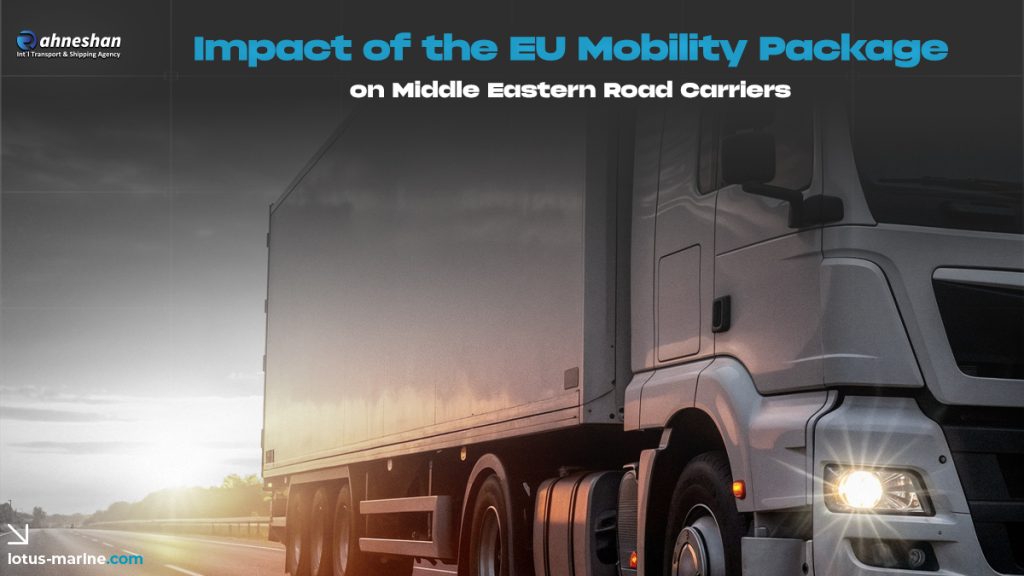
Introduction The EU Mobility Package, a comprehensive regulatory reform introduced by the European Union, has redefined how international road transport operates across its borders. While the legislation primarily targets European carriers, its ripple effects extend far beyond — especially to Middle Eastern road freight companies engaged in cross-continental logistics.From compliance costs to operational restructuring, Middle […]
How Airport Cargo Hubs Are Competing with Sea–Air Intermodal Terminals
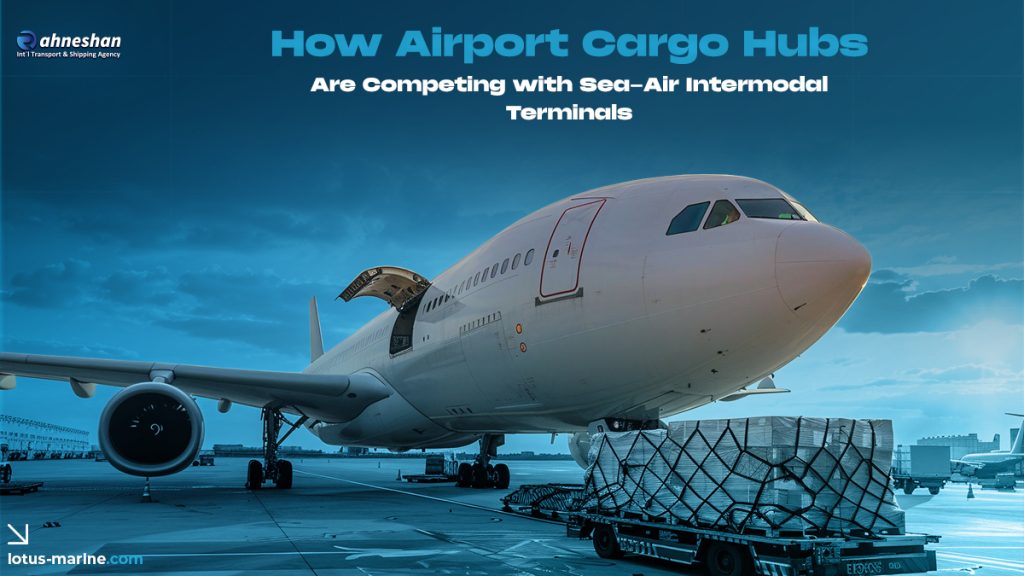
Introduction As global trade networks evolve, the boundaries between sea and air logistics are blurring. The rise of intermodal freight solutions—especially sea–air transport—has created new competition for traditional airport cargo hubs. These hybrid terminals combine the cost efficiency of ocean freight with the speed of air transport, challenging airports to innovate and redefine their value […]
Smart Containers in Ocean Freight: Enabling Predictive Maintenance at Sea

Introduction The global shipping industry is evolving beyond traditional cargo transport toward a data-driven, connected ecosystem. A key part of this transformation is the rise of smart containers — shipping units equipped with IoT sensors and real-time communication systems. In 2025, these containers are doing more than tracking cargo; they are enabling predictive maintenance for […]
How Freight Exchanges Are Reshaping Spot Market Logistics in Emerging Economies
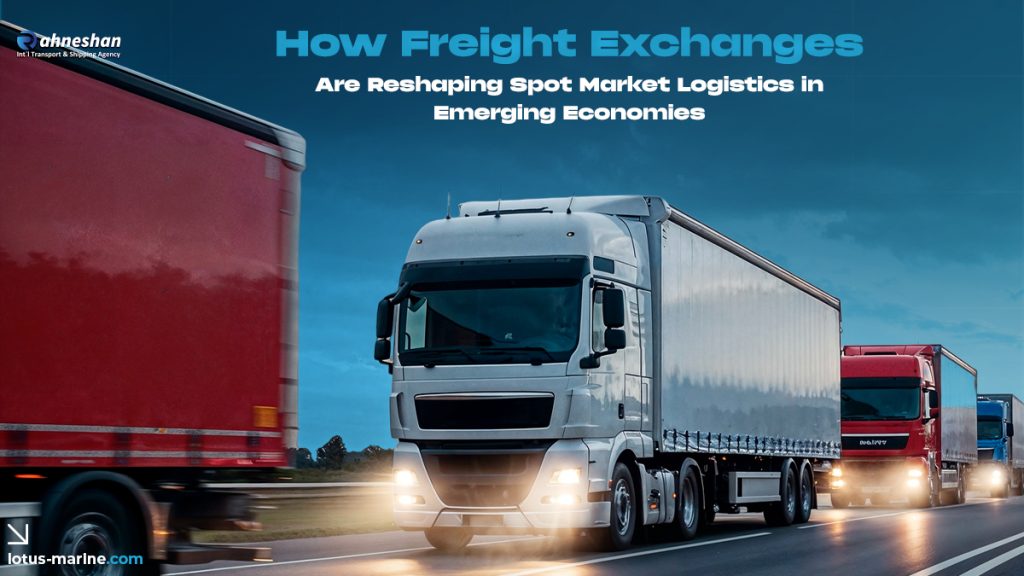
Introduction In many emerging economies, logistics inefficiencies have long been fueled by fragmented networks, lack of transparency, and manual freight matching. The rise of digital freight exchanges—online platforms connecting shippers and carriers in real time—is changing that landscape. By digitizing the spot market for transport, these exchanges are driving efficiency, reducing empty miles, and unlocking […]
Impact of Arctic Shipping Route Expansion on Global Transit Times
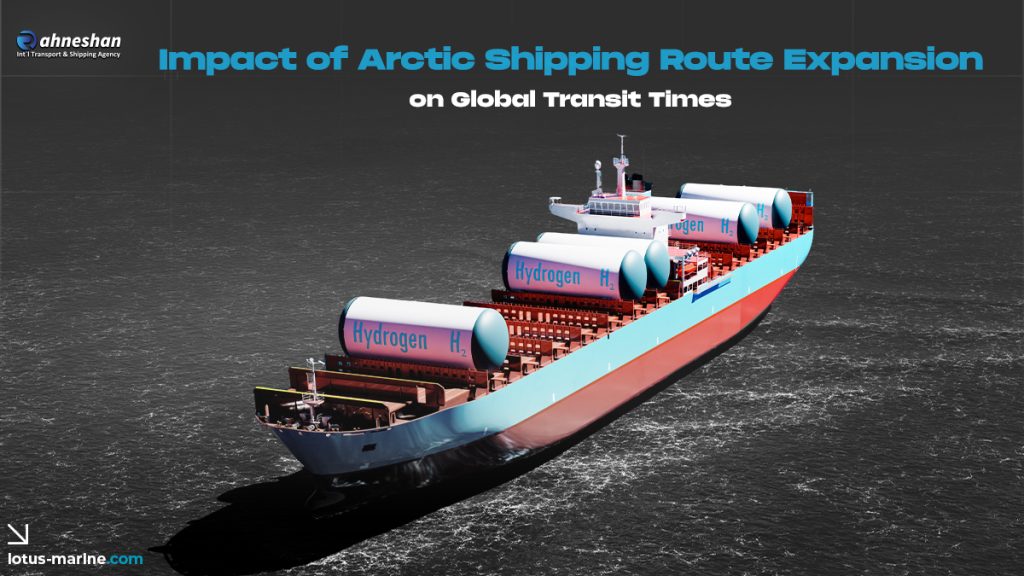
Introduction As sea ice retreats seasonally and ice-class technology advances, the Arctic shipping routes—notably the Northern Sea Route (NSR) along Russia’s Siberian coast and the Northwest Passage (NWP) through the Canadian Arctic—are drawing new interest from carriers. Proponents argue these routes can shorten Asia–Europe voyages by thousands of nautical miles. Yet the time savings are […]
Urban Air Mobility (UAM) for Last-Mile Cargo in Congested Cities
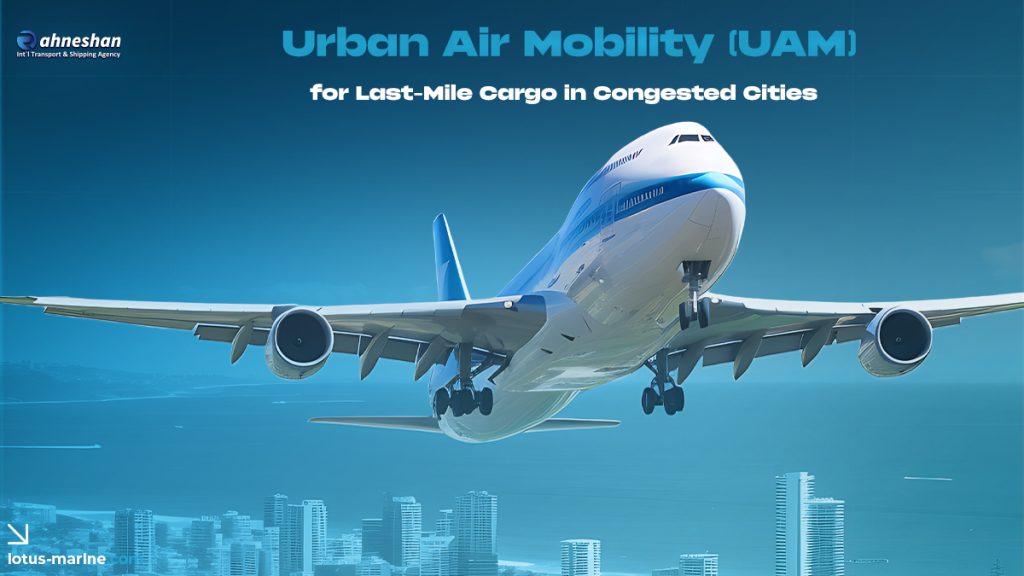
Introduction With rapid urbanization and growing e-commerce demand, last-mile delivery in congested cities has become one of logistics’ biggest challenges. Traditional ground transport—limited by traffic, emissions, and delivery speed—is struggling to keep up. Enter Urban Air Mobility (UAM): a next-generation logistics solution that uses electric vertical take-off and landing (eVTOL) aircraft and autonomous drones to […]
Cross-Border eCMR Adoption: How Paperless Freight is Evolving in Asia–Europe Corridors
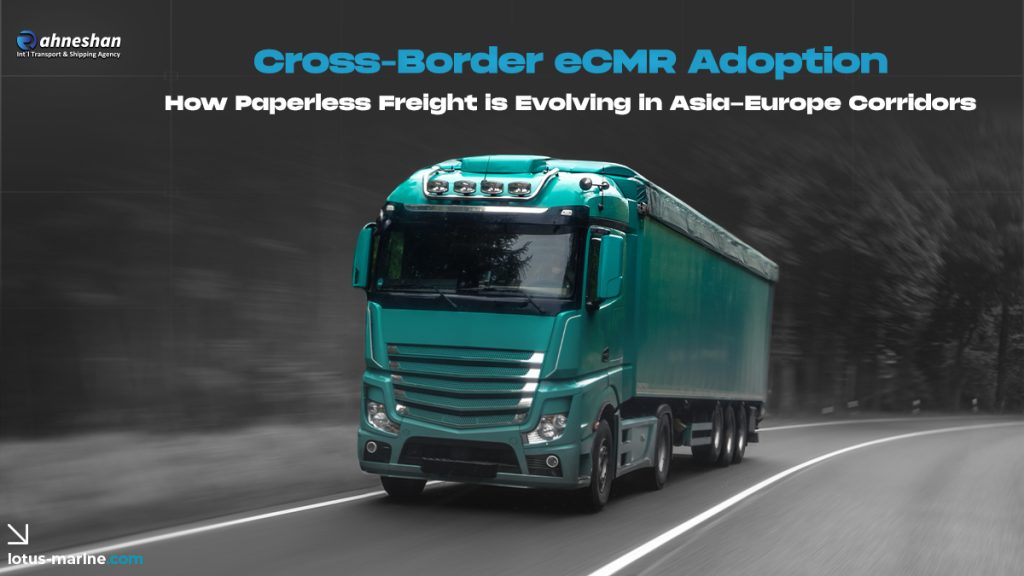
Introduction The logistics industry is entering a new digital era, driven by the need for faster, more transparent, and sustainable cross-border operations. A major milestone in this transformation is the adoption of the electronic Consignment Note (eCMR) — the digital alternative to traditional paper-based CMR documents. In 2025, eCMR adoption is accelerating along Asia–Europe freight […]
Maritime Emission Audits: How Carriers Are Meeting 2025 Reporting Requirements

Introduction The maritime industry is under increasing scrutiny as global regulations push carriers to cut greenhouse gas (GHG) emissions. In 2025, maritime emission audits have become a central tool for ensuring compliance with IMO 2025 and regional frameworks like the EU Emissions Trading System (ETS). These audits not only verify emission data but also guide […]
Digital Identity Verification for High-Value Cargo: Trends in Air Freight Security

Introduction As global trade grows, the air freight sector plays a critical role in transporting high-value cargo such as pharmaceuticals, luxury goods, electronics, and precious metals. However, with the rise in cargo crime, counterfeiting, and fraud, ensuring the integrity and authenticity of shipments has become a top priority. In 2025, digital identity verification is emerging […]
Autonomous Bunkering Vessels: The Next Leap in Refueling Efficiency at Sea

Introduction The shipping industry is undergoing a profound transformation as automation and sustainability converge. One of the latest innovations is the rise of autonomous bunkering vessels, designed to refuel ships at sea with greater precision, safety, and efficiency. In 2025, with the pressure of IMO environmental regulations and rising demand for sustainable fuels, these vessels […]
